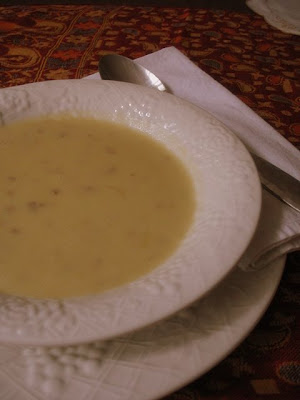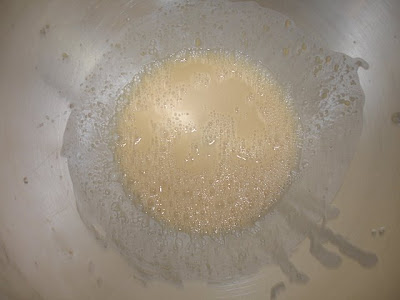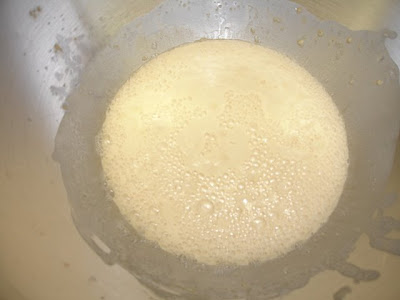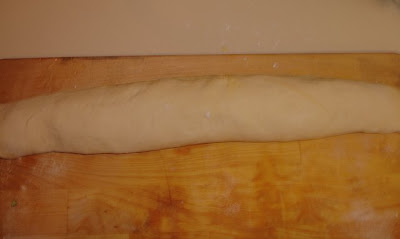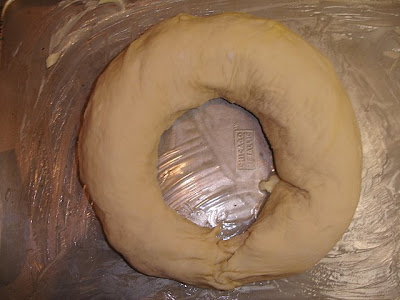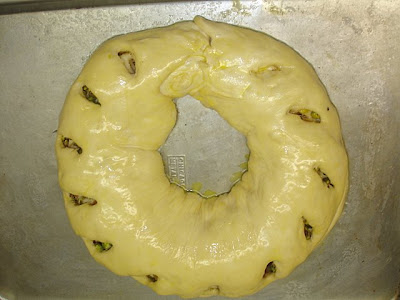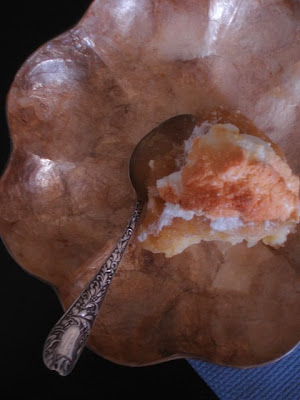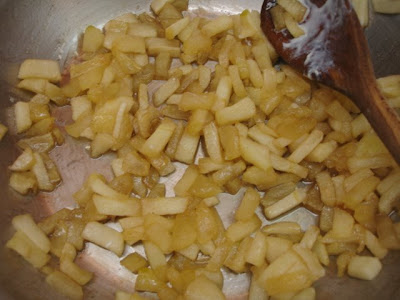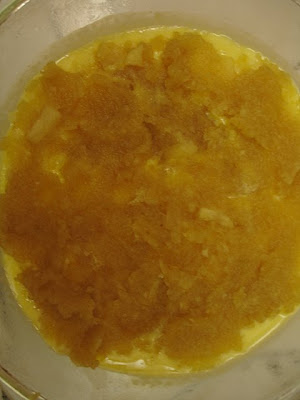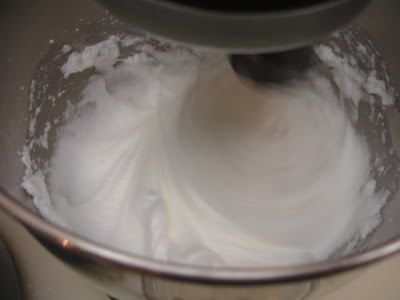
I have been waffling with this recipe for a while. Put it up. Don't put it up. This goes back to the whole "weird food" accusation that has been levelled at yours truly by some conservative steak-and-potatoes type eaters. You know, the thing is, as I look at the list of recipes running down the right side of this page, it looks pretty solid to me: Raised in the ingredient and ethnically rich environment that is metro New York, none of this is shocking, joltingly new, or inconceivable - to me. And, umm, it is my blog, after all so I need to put what I know to be delicious and wonderful. Not what suits those with a very slim list of dull consume-ables. Right?
Admittedly, The Hostess needs to get a thicker skin about this. But The Hostess also thinks, privately to herself but lashing out now on screen, that those who cast the first stone at my choice in foods could stand to do one or all of the following: Travel internationally. Read on a worldly level. Eat good food from more, if not every, culture one can locate. Think more open-mindedly. Be adventurous. Stop whining: I am not giving you offal recipes (that's variety meat as they used to say - organ meat, not a spelling error). Have you read Chris Cosentino's blog called Offal Good? Had I chose that subect for a blog then, (then!) my accusers would have something to talk about but Korean Ribs, come on! Get out of the house or the Golden Corral once in a while.
My three closest friends in this world; the fates blessed me with them. There is not an ethnic food they will not eat and love, nor a corner of the world too unknown or dangerous for them to venture into to get a taste of something new or different. They don't, as far as I know, consume offal either, but they know there will always be something great from every cook that will suit them and light up their memories and their palates. On any given evening you can find them snacking and laughing over hibiscus margaritas and sopas, peking duck and sake, samosas and good beer. They know that good food is universal and a trust-worthy phenomenon all humanity shares. No one wants to eat bad food. It's a human thing, and has to do with taste buds. Here's to those that Becca, Dori, and Lois were born with and here's hoping you are using yours today.
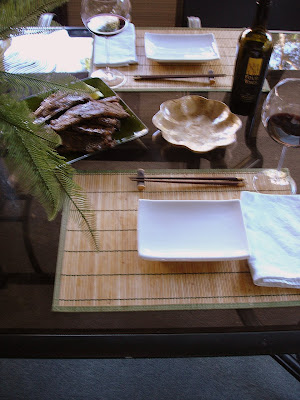
Korean-style Beef Ribs
6 first course servings
2 pound beef Korean-style cut ribs
3 tablespoons brown sugar
1 tablespoon molasses
2 tablespoons soy sauce
1 tablespoon sesame oil
2 teaspoons crushed garlic
1 teaspoon hot sauce (Siracha)
2 tablespoon rice wine vinegar
Juice of 1 lime
Kosher salt and freshly ground black pepper
Season the short ribs liberally with salt and pepper.
In a small bowl, whisk together molasses, soy sauce, sesame oil, garlic, rice wine vinegar, hot sauce, lime juice, and a pinch each salt and black pepper. Put aside.
Pour this marinade into a large ziplock bag steadied inside a mixing bowl. Add ribs. Place bag with ribs inside a casserole dish and refrigerate at least 8 hours or overnight.
Grill over medium high heat, preferably over a wood and charcoal fire, for 3 minutes on the first side, and 1-3 on the second. Allow to rest 10 minutes

















